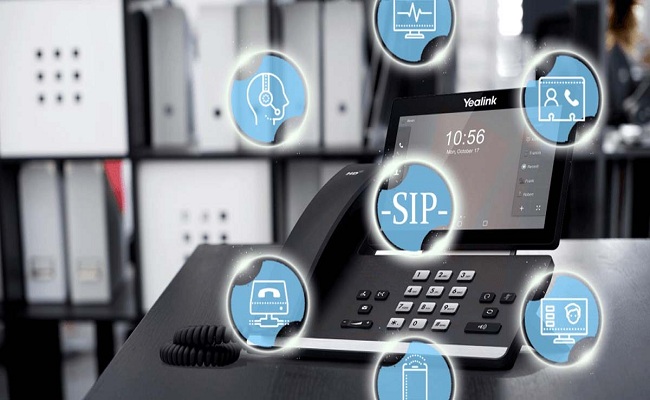In today's technology-driven world, businesses need reliable, cost-effective communication solutions to stay competitive. Voice over Internet Protocol (VoIP) has become increasingly popular, offering many benefits over traditional phone systems. One critical component of a VoIP system is a SIP trunk. Here you will explore a VoIP SIP trunk and why your business needs it.
About SIP Trunk
SIP, which stands for Session Initiation Protocol, is a communication protocol to establish real-time voice, video, and messaging sessions over the Internet. On the other hand, a SIP trunk is a virtual connection that enables businesses to make and receive calls using VoIP technology by connecting their Private Branch Exchange (PBX) to an internet telephony service provider (ITSP). You will find the services from the VoIP SIP trunk providers.
Reasons to implement it
So, what makes a SIP trunk essential for businesses? Several reasons explain why businesses can significantly benefit from implementing a VoIP SIP trunk regardless of size.
Cost Efficiency
One of the primary reasons businesses opt for SIP trunks is cost. Traditional phone lines often impose high monthly charges for each line, which can quickly add up as your business grows. SIP trunks, in contrast, tend to have lower setup and ongoing costs. With SIP trunks, you only pay for the number of concurrent calls you need, allowing you to scale your communication system as required without breaking the bank.
Scalability
As mentioned earlier, SIP trunks offer scalability – the ability to adjust your call capacity as your business needs change quickly. SIP trunks enable businesses to add or remove lines within minutes, offering the flexibility to meet their communication needs in real-time. Consequently, businesses can avoid overpaying for unused lines during slower periods or risking missed calls during peak times.
Geographic Flexibility
With SIP trunks, your business is no longer restricted to physical phone lines tied to a specific location. SIP trunks allow for geographic flexibility, enabling businesses to have a local presence in multiple countries or cities.
This is especially advantageous for companies with multiple branch locations or those looking to expand their market reach. Geographic flexibility enhances business communication and gives the impression of being closer to customers, enhancing customer satisfaction and trust.
Reliability and Redundancy
Traditional phone lines are vulnerable to power outages, natural disasters, or other unforeseen events. SIP trunks, however, can be configured for redundancy and disaster recovery, ensuring that your business remains connected even in the face of disruptions.
Proper fail over mechanisms can automatically route your calls to backup systems, mobile devices, or cloud-based communication platforms, guaranteeing uninterrupted communication.
Advanced Features
VoIP SIP trunks offer many advanced features that can enhance productivity and streamline business operations. Features like auto-attendants, call routing, call recording, voicemail-to-email, and integration with CRM systems empower businesses to provide exceptional customer service and improve internal communication. With SIP trunking, businesses can leverage the power of modern communication tools to make their workforce more efficient and responsive.
Quality of Service
SIP trunks leverage the Internet to transmit voice calls, enabling businesses to use high-speed internet connections and prioritize voice traffic. Quality of Service (QoS) mechanisms can be implemented to ensure that voice calls are not affected by other data-consuming activities, such as file downloads or video streaming. This results in crystal-clear, high-quality voice calls, offering a professional experience for both customers and employees.
Integration Capabilities
Finally, SIP trunks offer seamless integration with other communication tools and platforms. Whether it's integrating your phone system with your CRM software, email server, or company-wide messaging service, SIP trunks provide the flexibility and compatibility to streamline communication across various channels. Integrating communication systems facilitates efficient workflows, minimizing time wasted switching between different tools and improving overall productivity.
Conclusion
A VoIP SIP trunk is critical to a modern business communication system. It offers cost savings, scalability, and reliability and provides geographic flexibility, advanced features, quality of service, and integration capabilities. By leveraging these benefits, businesses can optimize communication processes, improve customer service, and enhance efficiency.
